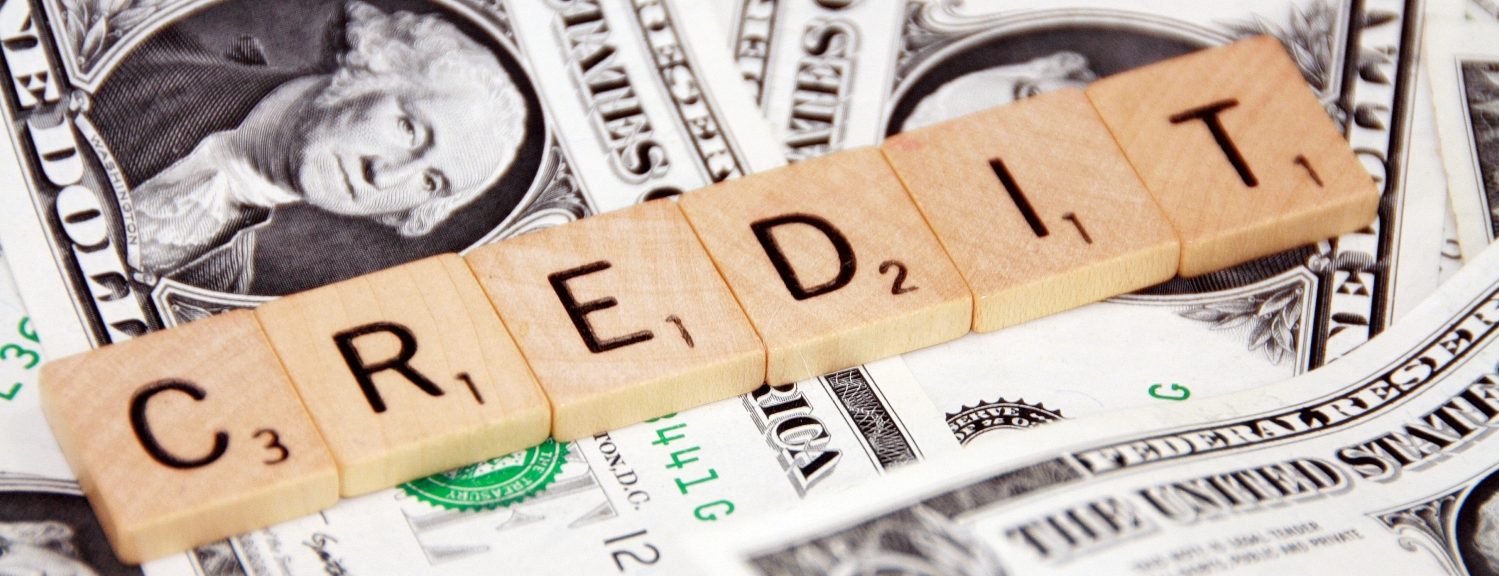Much has changed since the Bank of England predicted the economy would shrink for eight successive quarters last November. Threadneedle Street now thinks growth will be stronger, inflation higher and unemployment lower than it expected six months ago. It is no longer forecasting even a single quarter of negative growth, even allowing for strikes and the extra bank holiday for the king’s coronation.
One thing that has not changed is the relentless upward movement in interest rates, which the Bank’s monetary policy committee (MPC) has just raised for a 12th successive time. This is comfortably a record. Previously it had never raised borrowing costs more than three times in a row.
1.5m UK homeowners on variable rate mortgages face new borrowing rise Read more
In truth, the increase in interest rates to 4.5% was always nailed on. With inflation at 10.1% – five times its official 2% target – it would have been a real surprise had the MPC voted for anything other than a quarter-point rise.
What businesses and the 1.3 million people coming off fixed rate mortgage deals by the end of the year want to know is what happens next. Is the tightening cycle that began in December 2021 now over? Is the Bank going to follow the example of the US Federal Reserve and signal a pause in rate hikes? Would it warn that the peak was still some way off?
Judging by its latest monetary policy report, the MPC now wants to take a break from rate rises so that it can see how things develop. It is aware that only about one-third of the impact of previous rate rises has so far been felt, which is why – despite the biggest upgrade to its growth forecasts since independence in 1997 – growth for the next three years remains sluggish. The Bank believes that in two years’ time inflation will be 1% – comfortably below target.
In the key passage from the monetary policy report on Thursday, the Bank said it would continue to monitor closely “indicators of persistent inflationary pressures”, including job vacancies, labour shortages, wage growth and price increases in the services sector. “If there were to be evidence of more persistent pressures, then further tightening in monetary policy would be required,” it added.
Clearly, most MPC members are not even considering the prospect of cutting rates, and are leaving the door open for further increases if their forecasts continue to be wrong. The Bank now expects inflation at the end of the year to be above 5%, compared with below 4% in its February forecasts. This is largely because food inflation, running at almost 20%, is coming down more slowly than predicted. Unemployment is now projected to peak at 4.5% rather than the 6.5% forecast in November.
Forecasting errors of this sort will be making the prime minister sweat a bit. The MPC thinks Rishi Sunak will be able to say he has met the pledge made in January to halve inflation by the end of 2023 – but only just. It is not going to be the stone-cold certainty it appeared to be at the start of the year.
skip past newsletter promotion
Sign up to Business Today
Free daily newsletter
Get set for the working day – we’ll point you to all the business news and analysis you need every morning
Enter your email address Enter your email address Sign upPrivacy Notice: Newsletters may contain info about charities, online ads, and content funded by outside parties. For more information see our Privacy Policy. We use Google reCaptcha to protect our website and the Google Privacy Policy and Terms of Service apply.
after newsletter promotion
Seven of the nine MPC members voted for the latest interest-rate increase and – judging by the minutes of this month’s meeting – it would not take much for them to vote for another increase. The key will be what happens to prices and wages in the coming months.
But the higher rates go the bigger the risk that the economy will at some point crack under the strain. Having been relentlessly too pessimistic in the past the Bank could now be overly optimistic about the economy’s resilience.



